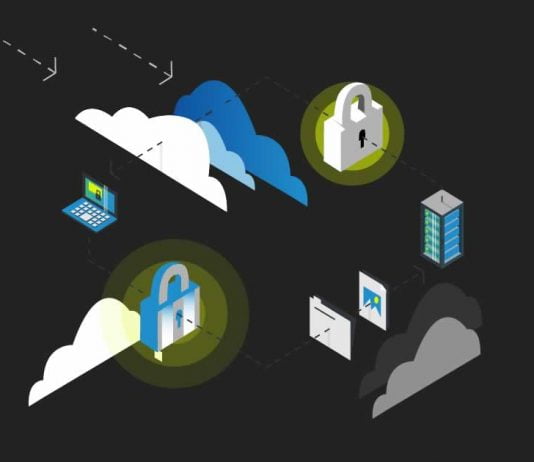In the digital world full of constant technological development, much of the focus is placed on information as it is exciting and informative. Users actively exchange files amongst each other for their specific purposes, and it should be no surprise that this practice is vital in the business world. However, file exchange is a highly confidential practice between the sender and the receiver. Hackers who may use the information for their reasons may place businesses at risk.
Due to this risk, the business industry has decided to use the Secure File Transfer Protocol or SFTP for any business to ensure that their files are sent directly to the intended receiver and offer protection. In reality, these databases are made as a requirement by many for several reasons. For example, GoAnywhere has SFTP servers to protect your data at https://www.goanywhere.com/managed-file-transfer/file-server/sftp-server, and one may find their service to be an intricate but secure one. After all, that is the main factor for a reasonable exchange of information.
Nevertheless, what is so special about SFTP file exchanges that separate them from others?
Contents
The Server Itself (Features)
Before mentioning any intricate features, it would be best to know more about the SFTP server first.
The SFTP is essentially a file transfer protocol with set utilities, providing secure access to PC units to deliver vital information, befitting its nature as a secure file transfer method. The idea of this protocol, or any FTP protocol for that matter, is to send files over the internet that are secure and opened only by the sender and receiver without having to share them with the DMZ. This is especially helpful with sending or storing bigger files taking up more space than others.
A typical security method for files sent between companies is the encryption that appears once an attempt to open the file is made. This is important for any trading partner as it protects any data, passwords, user IDs, and other information exchanged between organizations.
Even More Features
Encryption may be necessary, but that is just the superficial side of an SFTP server. The protocol should be highly scalable with no actual limit to the number of trading partners, meaning that it should maintain a more significant population of users. Along with supporting multiple senders and receivers, reporting and administrating files and email notifications processing are equally necessary.
Regarding access, the server should hold administrators who oversee all the devices that attempt to access specific files in the name of security. This also means that the system must consider login attempts, successes or failures, and file requests should be granted and rejected. A good SFTP server must also be ready to offer support as systems may require an administrator to help if it becomes uncooperative or inconsistent.
Logs & Key Management
SFTP servers should generate audit trails or logs to meet auditing and compliance requirements. This detail includes commands issued, messages, IP addresses, user ids and file names transferred. Log messages may be sent to System Logging Protocols or SYSLOGs which aid in tracking what device is logged on and from where they are logged on.
In addition to this, intuitive graphical screens should be provided by servers, allowing SSH Keys management. This may be utilized to create SSH public and private, import and export, and view keys. Some businesses, like GoAnywhere, support RSA and DSA key types with critical lengths up to 4096 bits.
SFTP’s High Availability Planning
FIle transfers rely on the ability of an organization to keep up with the current time without any disruptions. Knowing this, businesses may decide between active-passive and active-active high availability plans.
Active-passive plans involve only one active SFTP server at a time to service all the trading partners. However, it is a “passive” system, and it is an installed and configured system that is not running. The active-active is much more work efficient than the other as it mimics “clustering” systems where two or more SFTP servers run concurrently. One server failing would not cause any problems for other users as it has another server to keep the machine running.
While both provide high availability once appropriately configured, the active-active seems to be the better choice for more prominent businesses simply due to its “clustering” system. Additionally, as downtime is a reality in information systems, the active-passive can range from a few seconds to a few hours, unlike the active-active as it has a backup server to support it.
The SFTP server is filled with intricacies, providing security to users who intend to share their files with other organizations securely. Of course, encryption is an essential factor, but a sound system also gives the SFTP its name and importance.
To learn more about GoAnywhere and its services, visit their page.


